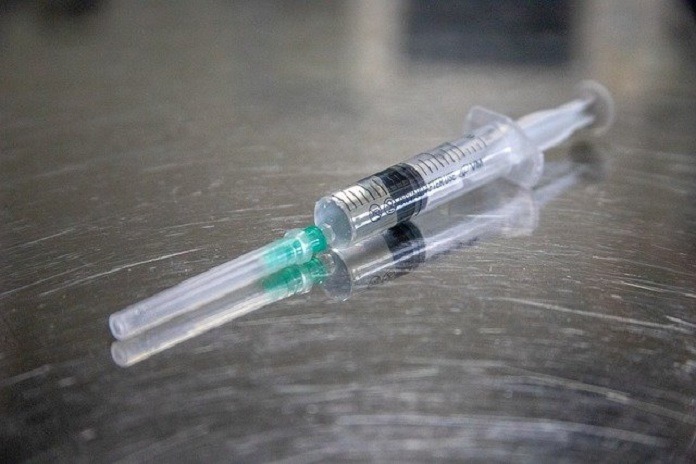More evidence exists that there are disparities in immunization rates in the USA. The combined seven-vaccine series given to infants ages 19-35 months provides immunization against
- diphtheria,
- pertussis,
- tetanus,
- poliovirus,
- measles,
- mumps,
- rubella,
- hepatitis B,
- hemophilus influenza B,
- varicella (chickenpox),
- and pneumococcal infections.
A research study conducted at the University of Virginia School of Medicine revealed that even though the rate of immunization with combined seven-vaccine series has increased by 30% over the period of 10 years (2009-2018), only 72.8% of infants of age 19-35 months had received all the combined seven vaccines. This is in contrast to the goal of a 90% immunization rate set up by the office of disease prevention and health promotion through its Healthy People 2020 initiative.
These data were obtained via The National Immunization Survey conducted by CDC. Factors considered in the survey were demographic characteristics like
- race/ethnicity,
- maternal age,
- education,
- marital status,
- child’s age,
- and poverty status.
The survey revealed that non-Hispanic blacks were less likely to receive the seven-vaccine series compared to non-Hispanic whites. Infants belonging to low-income families were 30% less likely to receive the seven-vaccine series compared to those belonging to higher-income families.
Maternal education also played an important role in this survey. It was concluded that infants born to mothers with less than a high school education were less likely to complete the vaccination series compared with mothers who had a college degree.
The disparities in the rate of immunization amongst the US population not only leave infants vulnerable to many preventable diseases but also reduces herd immunity in the general population.
Although vaccination programs are free, the researchers suggest that associated physician fees could be a barrier to accessing vaccines for infants belonging to lower-income families. They suggest that a possible solution could be access to a free vaccination program with no physician fee, linked with other programs that are frequently accessed by these families.
Reference
Kulkarni AA, Desai RP, Alcalá HE, Balkrishnan R. Persistent disparities in immunization rates for the seven-vaccine series among infants 19-35 months in the United States. Health Equity. 2021;5(1):135-139. Published 2021 Mar 16. doi:10.1089/heq.2020.0127


